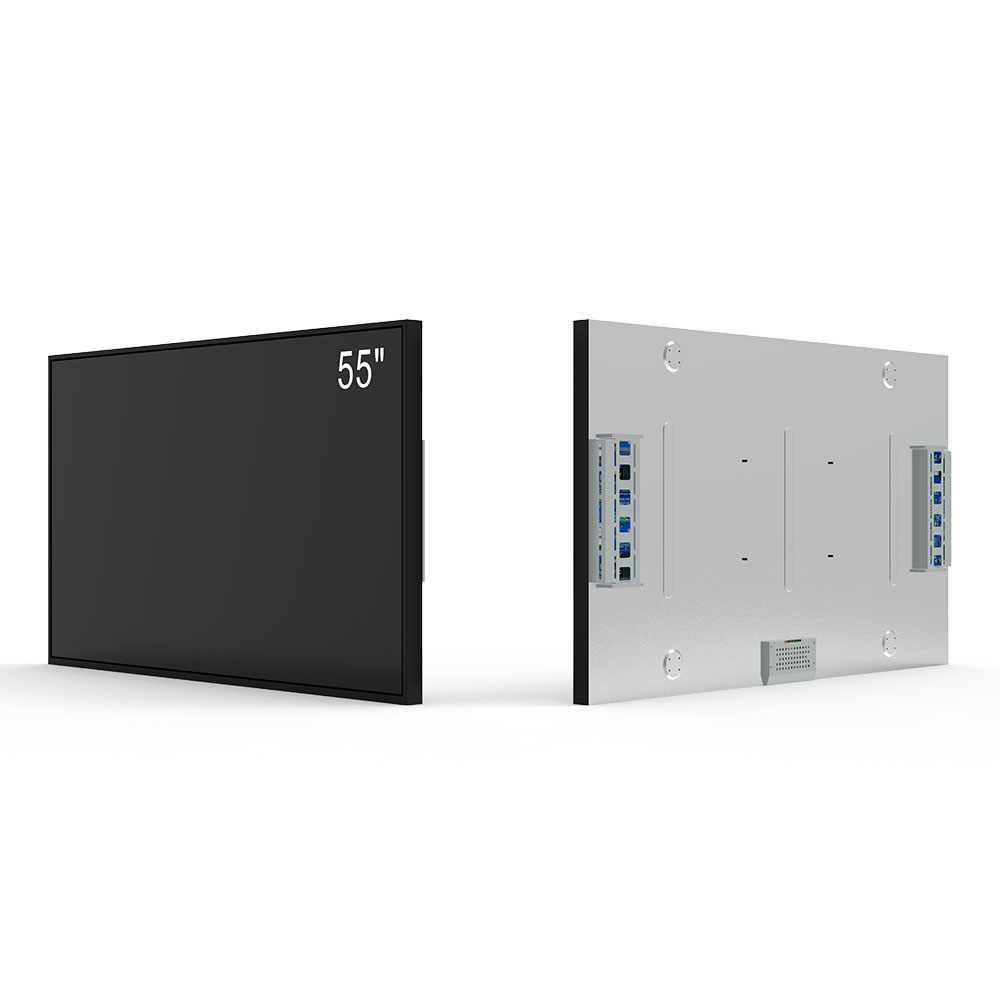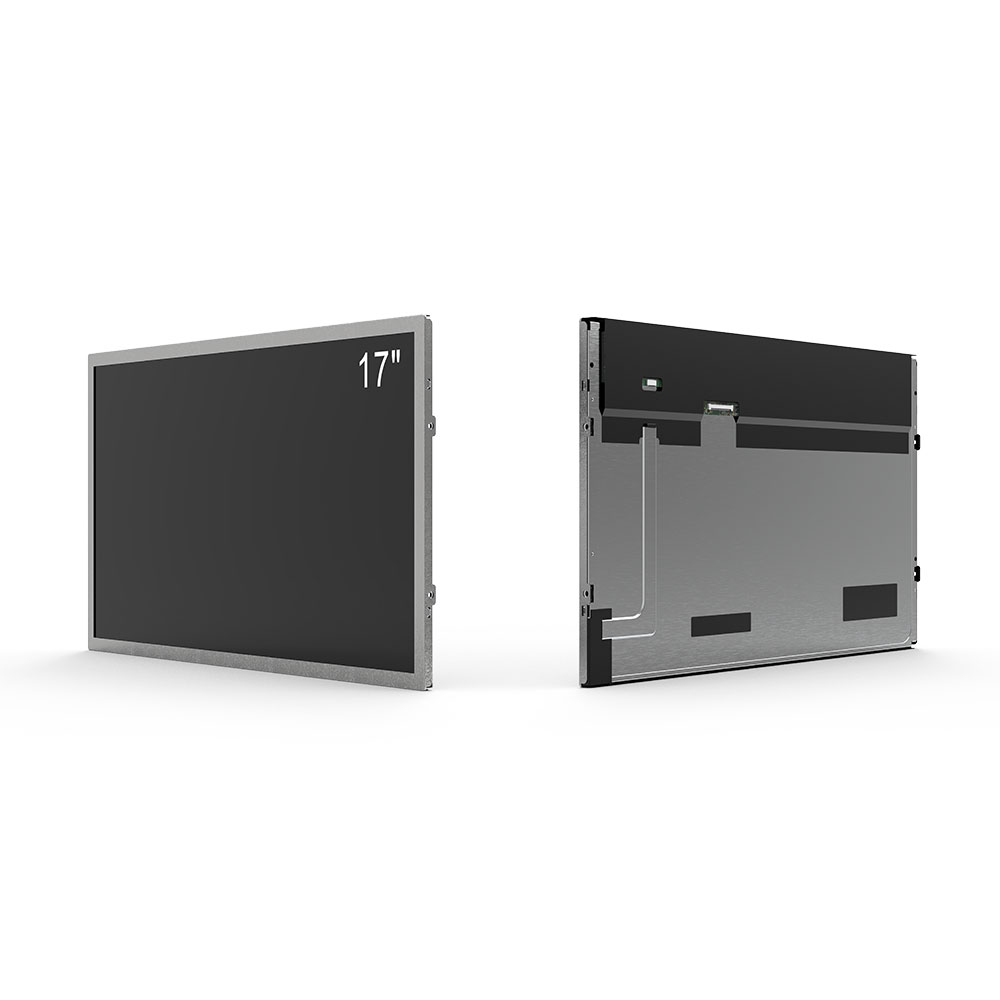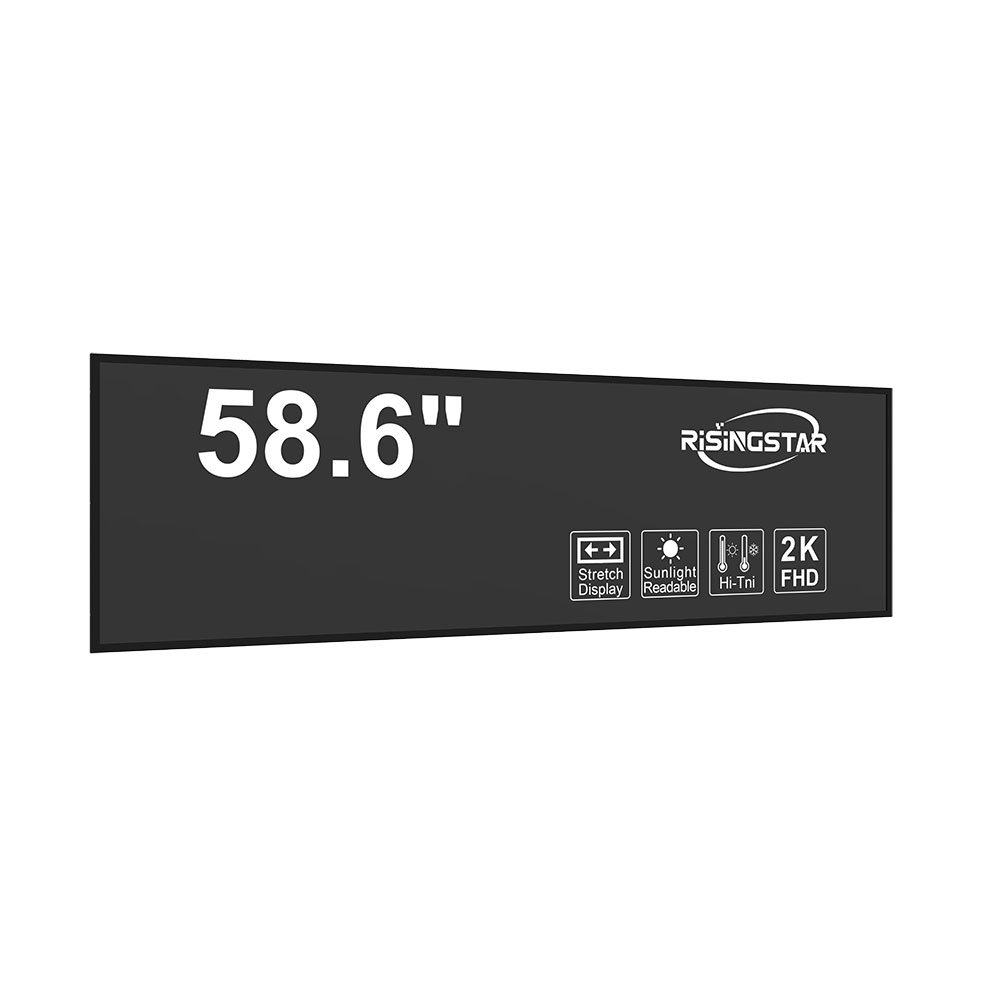- Home
- About Us
- Products
- News
- Video
- Contact
- Send Inquiry
Search
- Home
- About Us
- Products
- News
- Video
- Contact
- Send Inquiry

Selecting the right outdoor LCD screen is critical for ensuring long-term performance, visibility, and reliability in demanding environments such as transportation hubs, retail spaces, stadiums, and industrial facilities. Unlike indoor displays, outdoor screens must withstand extreme temperatures, UV exposure, humidity, and physical impacts—making specifications like brightness, ruggedness, and environmental sealing paramount.
A key metric to evaluate is luminance, measured in nits. For direct sunlight visibility, outdoor LCDs should typically offer at least 5,000 nits of peak brightness—some models exceed 10,000 nits. According to the Society of Information Display (SID), this level ensures readability under full sun conditions without glare or image washout. In contrast, standard indoor LCDs rarely exceed 300–500 nits, making them unsuitable for external use.
Another crucial factor is IP rating. An IP65 or higher rating indicates dust-tight and protected against water jets—essential for preventing internal damage from rain, snow, or cleaning sprays. Industrial-grade outdoor displays often feature IP67 or IP68 ratings, offering submersion resistance up to 1 meter for 30 minutes, which is vital in flood-prone areas or high-humidity zones.

Thermal management is equally important. Outdoor screens must operate reliably between -20°C to +60°C. Passive cooling systems using heat sinks and thermal conduction are preferred over active fans, as fans are prone to dust accumulation and mechanical failure. Many manufacturers now integrate advanced thermal modeling software during design to optimize airflow while maintaining a sealed enclosure.
Additionally, consider display technology. LED-backlit LCDs outperform CCFL-based models in power efficiency, longevity, and color accuracy. For ultra-high-brightness applications, some vendors now offer microLED or OLED options—though these remain cost-prohibitive for most commercial deployments.

Finally, ensure compatibility with your content management system (CMS) and remote monitoring capabilities. Modern outdoor LCDs support IP-based control via HTTP, SNMP, or proprietary protocols, enabling real-time diagnostics, scheduled updates, and predictive maintenance alerts—an essential feature for fleet-scale deployments across multiple locations.

By prioritizing brightness, environmental protection, thermal resilience, and smart integration, businesses can select an outdoor LCD screen that delivers consistent performance, reduces downtime, and maximizes return on investment.